‘Macro-laboratories’ aim to prove the impact of restorative aquaculture
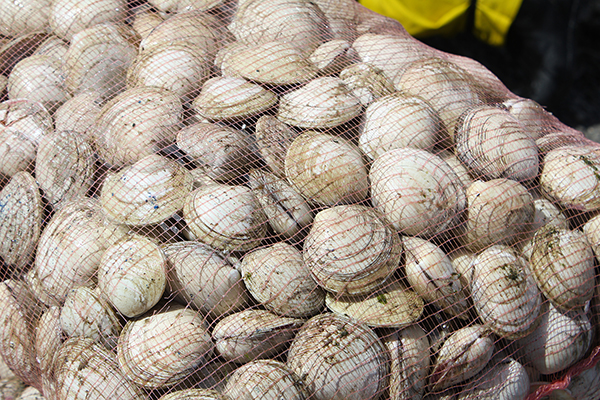
Thanks to miles of shoreline and warmer waters, Florida is a hot spot for shellfish aquaculture. The Sunshine State is home to 336 certified producers who manage 720 shellfish leases; more than half of the farms produce hard clams – and production is about to increase thanks to the Clam and Seagrass Restoration Bill.
The legislation allocated $2.5 million in fiscal year 2022-2023 to purchase hard clams from local shellfish farms to establish large-scale plantings of clams and seagrass in three 250-acre estuaries in Tampa Bay, Sarasota Bay and Charlotte Harbor.
“Our water quality and healthy fisheries and healthy estuaries are really pivotal to the economy in the state of Florida,” said Angela Collins, Florida Sea Grant and UF/IFAS Extension agent and Marine extension advisor to the Gulf Shellfish Institute. “Any efforts to increase the health of these ecosystems is a good thing.”
The Gulf Shellfish Institute and its program, All Clams on Deck, led efforts to have the restoration bill passed. It’s a proof-of-concept effort that will turn estuaries into micro laboratories, restoring filter feeders and native plant populations and answering critical research questions about their site-specific impacts on the environment.
“These projects will be small [and located] all over the three national estuaries to give us the best chance of finding out what works and what doesn’t,” said Ed Chiles, founder and vice president of the Gulf Shellfish Institute. “The science from these macro-laboratories is going to prove what [clams and seagrass] do for forage fish, for coastal resilience, for recreation, for dealing with carbon, for dealing with nutrient runoffs, for dealing with harmful algal blooms – and when you do that, then you really have something that is going to get [traction].”
Restoration efforts are aimed at increasing the production of aquaculture clams and putting more out into the natural environment can help.
The clam crisis
Florida estuaries are in crisis. The biologically diverse waterways are plagued with pollution, sediment and harmful algae blooms (also called red tides) that damage the ecosystem, negatively impacting flora and fauna.
Clams can turn the tide, filtering water, removing nitrogen and storing carbon. In Florida, the statewide harvest of clams filtered 544 gallons of seawater per day, removed 25,000 pounds of nitrogen and stored 760,000 pounds of carbon in the coastal environment.
Planting clams alongside seagrass could amplify the benefits. These “interspecific planting arrangements” have been shown to increase patches of seagrass up to 500 percent because clams facilitate a nitrogen boost for the seeds. Collins notes that seagrass serves as critical habitat for several recreational and commercial fish species and invertebrates like manatees.
Despite their ecosystem benefits, wild clam populations have experienced sharp declines, says Collins. The diminished populations have been attributed to overharvesting, changes in water quality, habitat loss and ecosystem disturbances in Southwest Florida.
TNC: Restorative aquaculture can improve marine habitats, biodiversity
Tapping into solutions
The restoration bill promotes aquaculture as part of the solution.
Purchasing clams for restoration projects could bolster Florida clam production, which increased from 87.3 million pounds in 2016 to 114.8 million pounds in 2021. Under the bill, hard clams will be sourced from local shellfish farms and placed into estuaries to achieve restoration goals, providing a new market and revenue stream for producers.
Chiles hopes that in addition to supporting current producers, the bill could help attract new shellfish farmers.
“To promote more clam farming, we need more clam farmers, and for that to happen, we need a restoration market,” he said. “Now, the policymakers are understanding that [because] the problem is clearly exploding and it has a huge impact on everything to do here in Florida.”
Addressing some of the environmental issues in Florida estuaries could also create opportunities to expand shellfish production, according to Collins.
Collins points out that current regulations limit shellfish aquaculture leases to areas of the coastline with good water quality; improving water quality in estuaries with algae blooms and suboptimal levels of pollution and sediment could open up new areas for shellfish production.
“Commercial shellfish aquaculture is happening [but] it’s not happening in all areas,” she said. “Restoration efforts are aimed at increasing the production of aquaculture clams and putting more out into the natural environment can help.”
In addition to purchasing clams from shellfish farms, restoration efforts support the aquaculture industry by including producers in the husbandry, monitoring and maintenance of the clam beds.
The myriad benefits are among the reasons that Jeff Sedacca, CEO of Sterling Caviar and member of the Global Seafood Alliance board of directors, calls the Clam and Seagrass Restoration Bill a jobs bill, an economic development bill, a seafood bill and an environmental bill that won bipartisan support.
“That is not political,” he said. “Whether you’re a Democrat, Republican or independent, there isn’t anybody [who] doesn’t want to see the coastline protected.”
Follow the Advocate on Twitter @GSA_Advocate
Now that you've reached the end of the article ...
… please consider supporting GSA’s mission to advance responsible seafood practices through education, advocacy and third-party assurances. The Advocate aims to document the evolution of responsible seafood practices and share the expansive knowledge of our vast network of contributors.
By becoming a Global Seafood Alliance member, you’re ensuring that all of the pre-competitive work we do through member benefits, resources and events can continue. Individual membership costs just $50 a year.
Not a GSA member? Join us.
Author
-

Jodi Helmer
Jodi Helmer is a North Carolina-based journalist covering the business of food and farming.
Tagged With
Related Posts
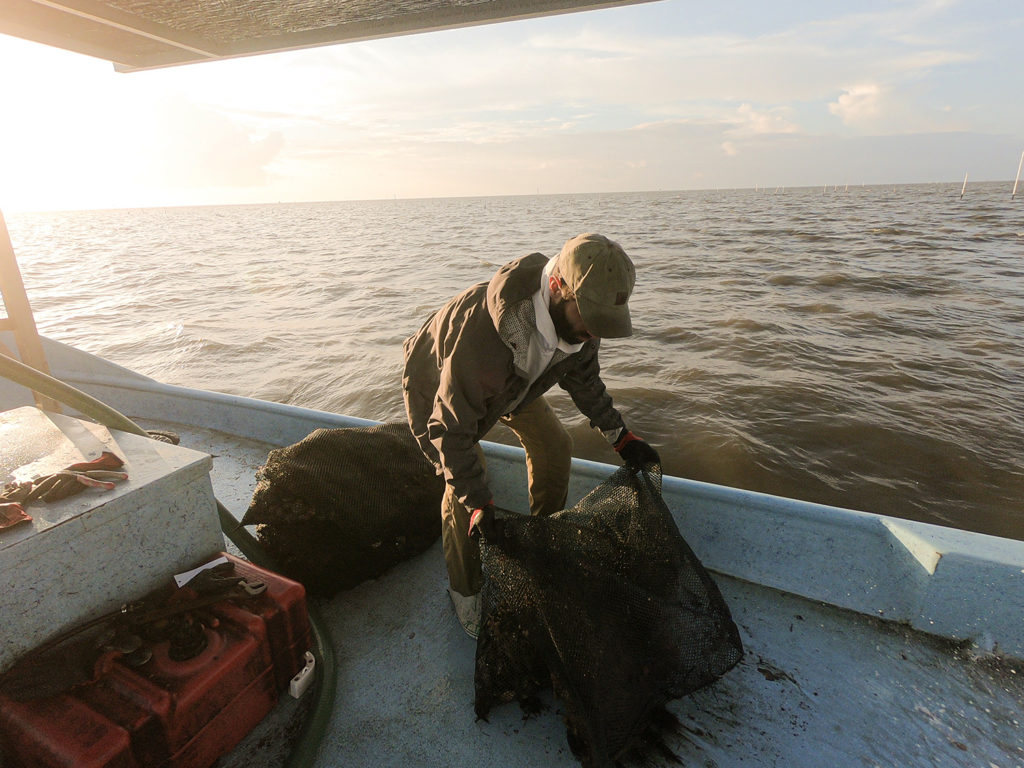
Intelligence
Farmers trade Kansas cornfields for Florida clam beds
The Stones came to Florida without experience in clams and no ties to the fishing community. Their backgrounds in farming, however, are proving valuable.
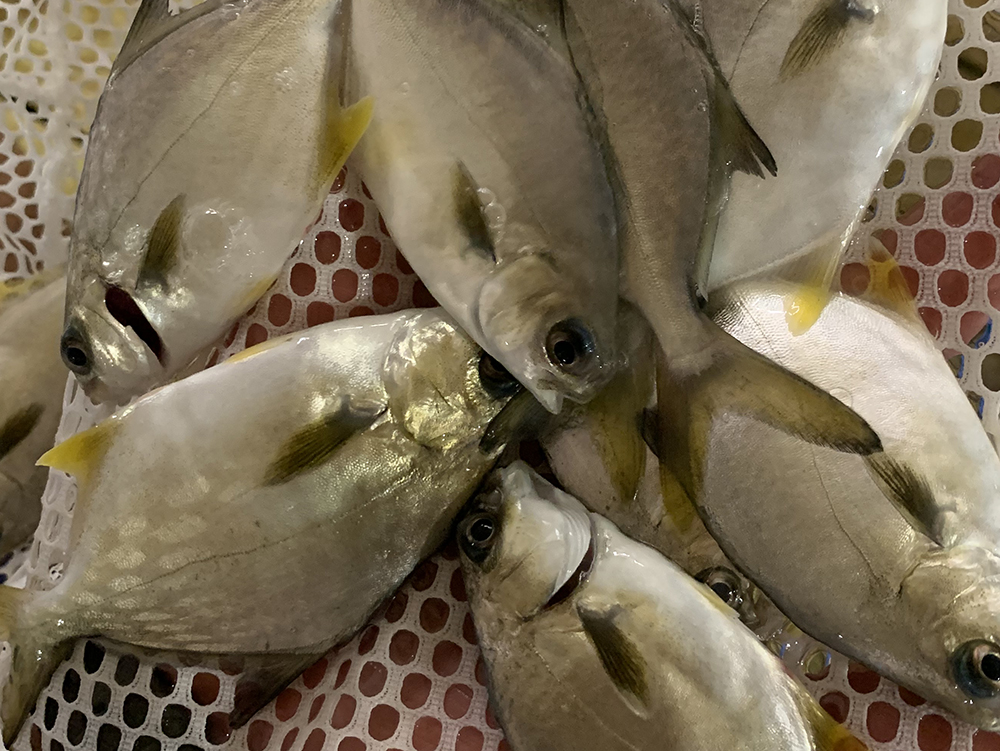
Intelligence
Full speed ahead for Florida pompano RAS farm
While many attempts to farm Florida pompano have fallen short, Joe Cardenas is undaunted, confident that recirculating aquaculture systems are the key.
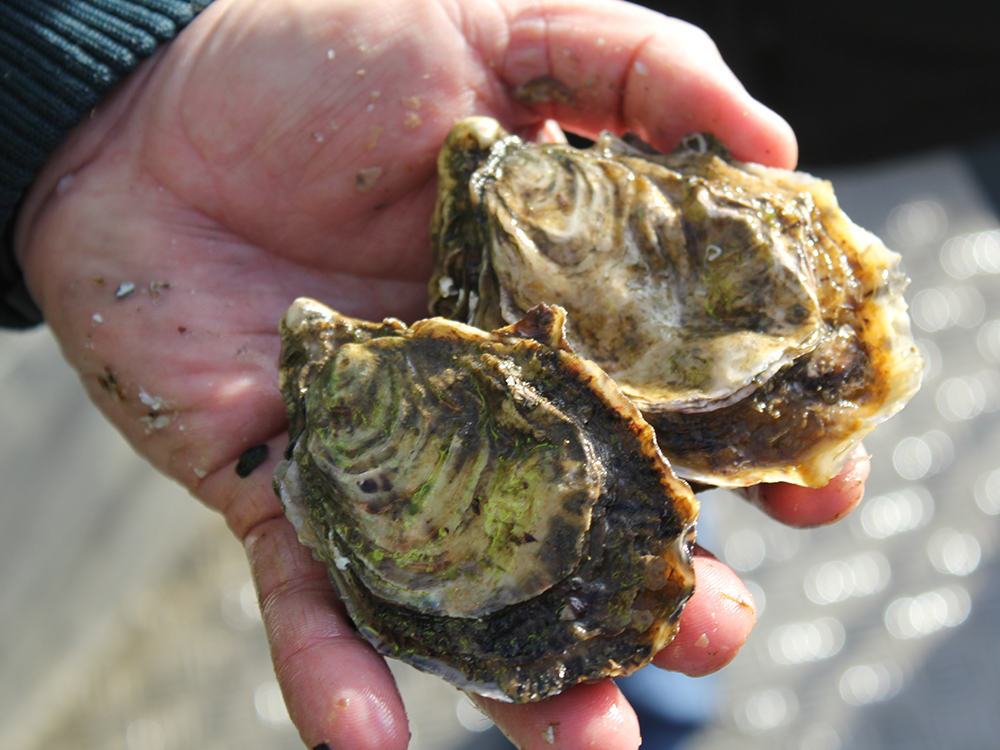
Intelligence
Behold the nutritious oyster
Oysters provide important, natural filtration of water and are an important component of many healthy coastal ecosystems because their active filtering can help improve and maintain water quality. For many coastal communities, oysters are an important food resource and excellent sources of protein and amino acids, zinc, selenium, iron and B-vitamins.
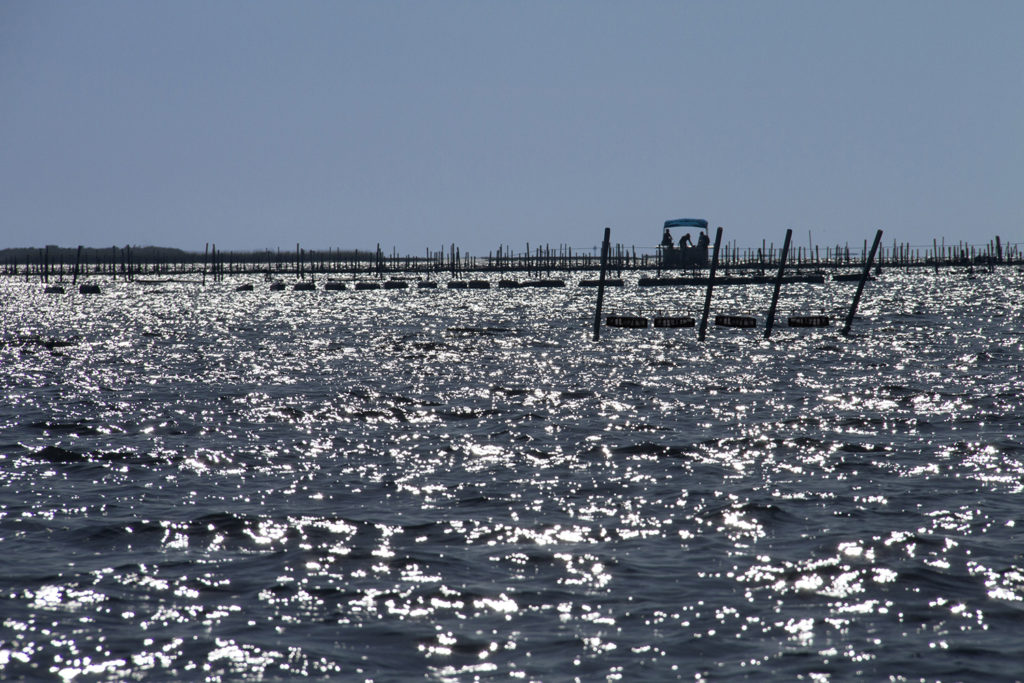
Intelligence
Hatching a plan for Florida oyster farming
Panacea Oyster Co-op and Pensacola Bay Oyster Co. each aim to open dedicated oyster hatcheries in Florida, which could have a significant impact on the state’s aquaculture industry.


